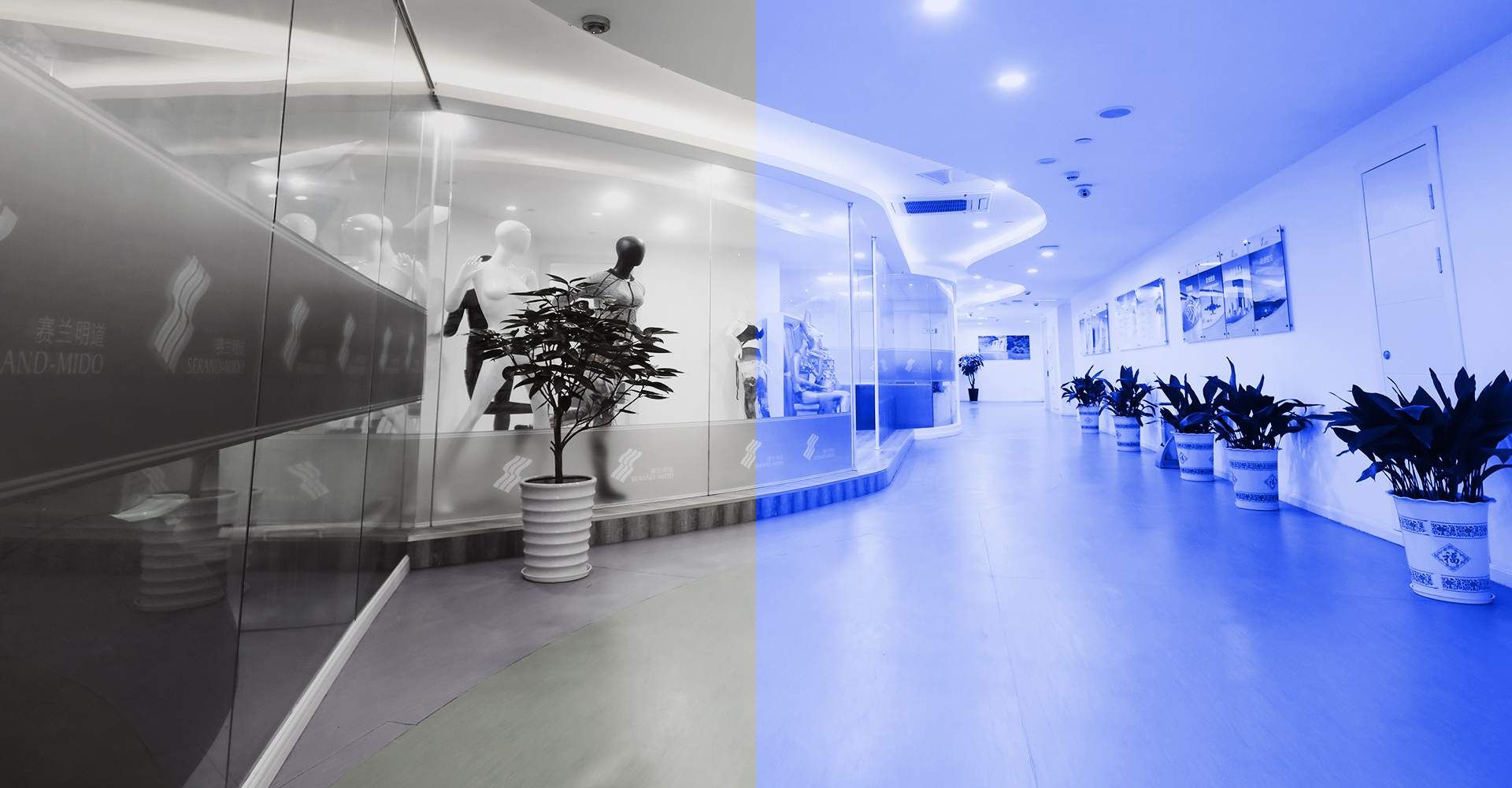

Time: 2025.10.20 | Source: SRRAND MIDO
Choosing a print method for your custom
clothing can seem daunting, and we are frequently asked about the differences
between DTG printing and screen printing. If you are new to garment printing,
it's best to keep an open mind and ask your printer which method is best for
you based on your requirements, as there are several factors that go into
choosing the best print method. But if you are interested in learning more
about the differences between them, let’s dig a little
deeper.
The simple answer is that neither option is
generally 'better' than the other. When done correctly, both DTG and screen
printing produce vibrant and durable results. However, one option may prove to
be more suitable than the other depending on your requirements, such as order
quantity, garment type, the number of colors in your design, and your budget.
Both screen printing and DTG printing are
popular methods for applying designs to garments, but they achieve this in
distinctly different ways.
Screen printing is a traditional method
that uses stencils and ink. Each color in the design requires a separate
stencil, which is used to push ink through a screen and onto the fabric,
building up the design one layer at a time.
DTG (Direct-to-Garment) printing, on the
other hand, is a digital method. It works similarly to a standard inkjet
printer, though on a much larger scale, by directly spraying ink onto the
garment. It applies the entire design all at once based on your digital file.
Both print options can be economical, as
the choice ultimately depends on your order quantity and design.
For smaller orders (generally under 100
units), DTG printing is often the most cost-effective method because the price
is not dependent on the number of colors in your design. This means that a one-color
design costs the same per unit as a full photographic print. At SERAND MIDO, we
have no minimum order quantity (MOQ) for DTG printing, making it perfect for
small or sample orders.
If you are placing a large order with a
simple design, screen printing will likely be more economical. However, each color
in a screen-printed design requires a separate screen, which can significantly
increase the cost for complex designs. Due to economies of scale, screen
printing becomes very economical for large orders, as the initial screen cost
is spread across the entire run. Additionally, screen printing inks are
generally cheaper than DTG inks, further reducing the cost for bulk orders.
Versatility in print placement and
available colors can be a deciding factor between DTG and screen printing.
DTG printing is excellent for complex, multi-colored
prints. However, it is not suitable for metallic or neon inks. Screen printing,
on the other hand, offers a wide variety of inks, including these unique colors,
and allows for precise Pantone matching. This makes it ideal for branded
merchandise that requires specific colors.
Some clients worry that DTG printing only
works on light-colored garments. At SERAND MIDO, we address this by using a
base coat on darker garments, which ensures that your prints stay vibrant and
clear even on black t-shirts.
Screen printing offers more versatile
placement options, including on sleeves and inside necklines, in addition to
the standard front and back. DTG printing, on the other hand, is generally only
suitable for front and back prints. Additionally, neither method is suitable
for printing across garment seams.
While both screen printing and DTG can
accommodate print areas up to 40x50cm, sublimation printing may be a more
suitable option if you require even larger prints or all-over, seam-to-seam
coverage.
Screen printing is a versatile option,
suitable for a wide range of fabrics including cotton, polyester, bamboo, and
spandex. It produces high-quality, durable results on all of them.
In contrast, DTG printing is primarily
suitable for garments with a high cotton content. We recommend a minimum of 80%
cotton for optimal results. However, some printers are now experimenting with
DTG machinery capable of printing on polyester, which may expand the range of
suitable fabrics in the near future.
With proper care, both DTG and screen
prints can last for the lifetime of the garment.
At SERAND MIDO, both our screen printing
and DTG inks are vegan-friendly.
For DTG printing, we use water-based inks
that are free of heavy metals, formaldehyde, and APEs. This makes them
non-toxic and biodegradable. Furthermore, our DTG process is significantly less
water-intensive than many traditional methods, with zero wastewater produced.
For screen printing, you can choose between
water-based or plastisol inks. With our plastisol inks, we collect and reuse
any excess, minimizing waste. It's important to note that many cheaper,
solvent-based inks contain harmful compounds and endocrine disruptors like
phthalates. Therefore, we are committed to using only 100% phthalate-free
screen printing inks.
You can be confident that whether you
choose screen printing or DTG with SERAND MIDO, your prints are produced to the
highest achievable environmental standards.
Unless you have a specific finish in mind
or are a print expert yourself, we recommend leaving the choice of print method
to our expert team.
Ultimately, both DTG and screen printing
are excellent methods for transferring your design onto a garment. Neither is
inherently 'better'—they are simply suited to different
circumstances.
If you place an order with us, our
professional sales team will recommend the best printing method based on your
requirements.
Still unsure which print method is right for you? Contact us today, and one of our dedicated account managers will be happy to assist.
Back to the list >
We will contact you within 24 hours.